



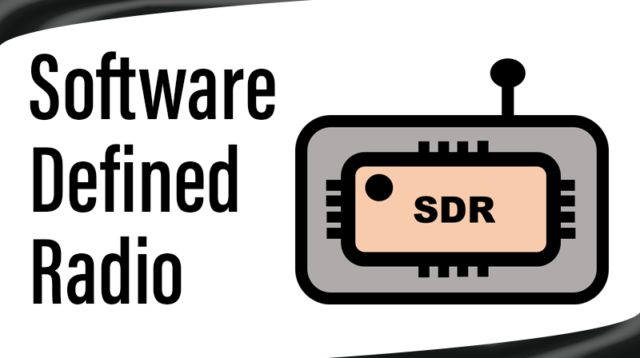

Disclaimer: Copyright infringement not intended.
Context
All about Software Defined Radio (SDR)
Benefits
'Made in India' Software-Defined Radio
SDR NC
SDR-Tac (Tactical)
SDR Fighter Aircraft (FA)
How will the indigenization of this critical instrument help the Armed Forces?
|
WHAT IS C4I TECHNOLOGY? C4I stands for Command, Control, Communications, Computers (C4) and Intelligence. Advanced C4I capabilities provide an advantage through situational awareness, knowledge of the adversary and environment, and shortening the time between sensing and response. C4i's interoperable communications solutions are used by defence, governments and industry in more than 35 countries. C4i products enable rapid response times, interoperability and flexible asset utilization, and provide customers with ongoing cyber security protection. Importance: Operations in the war on terrorism have demonstrated the advantages of timely and accurate information, while at the same time reinforcing the need for even greater joint, interoperable command, control, communications, computers, intelligence. |
|
‘Drone Swarm Technology’ SWARM stands for “Smart War-Fighting Array of Reconfigured Modules.” The fundamental ‘Drone Swarm Technology’ centers around the capacity of a large number of drones, often in the mini/micro category, to independently make decisions based on shared information, and has the potential to transform conflict dynamics. Swarm drones are multiple unmanned aerial flying platforms integrated as a single networked system self-contained for communication, reconnaissance and weapons/munitions to strike an enemy target. The fact that components of the swarm can communicate with one another makes the swarm different from just a group of individual drones. Communication allows the swarm to adjust behavior in response to real-time information. Drones equipped with cameras and other environmental sensors (“sensor drones”) can identify potential targets, environmental hazards, or defenses and relay that information to the rest of the swarm. The swarm may then maneuver to avoid a hazard or defense, or a weapon-equipped drone (an “attack drone”) may strike the target or defense. Real-time information collection makes drone swarms well-suited for searching over broad areas for mobile or other hard-to-find units. Such a concept increases the probability of success of a mission.
Advantages Offered by Swarm Drones Greater Survivability as the drones are difficult to detect hence chances of their survival is far greater as compared to manned aircraft. Similarly, being a network of weapon systems of multiple drones, even if they get detected and a few of them shot down, the function of the destroyed is taken over by other UAVs in the Swarm. Cheaper Options to Armed Forces especially that do not enjoy conventional weapon superiority over their adversaries such as India over China. Disruptive Effect against Ground based Weapon Systems. During the Nagorno-Karabakh conflict the Armenian tanks, Mechanised Infantry vehicles, artillery guns and limited Air Defence weapon systems were picked up and destroyed like ninepins by the Azeri drones supplied by Turkey and Israel thus proving a point that efficacy of such weapons. It also gives an opportunity to countries like India to redefine their force structuring and military capability development. The Nagorno-Karabakh conflict has proven that a small conventional force led by persistent drone attacks is not only a lethal and potent option but also a cheaper option. Limited effect of Terrain. The drones are able to overcome the terrain and camouflage advantages of the ground forces through onboard sensors and reconnaissance equipment of the drones. Similarly, with loiter capability and mass drone employment the dispersion tactics are also neutralized.
Vulnerability and usage Drone swarms are particularly vulnerable to electronic warfare attacks. Because drone swarms are dependent on drone-to-drone communication, disrupting that signal also disrupts the swarm. As swarms become more sophisticated, they will also be more vulnerable to cyberattack. Adversaries may attempt to hijack the swarm by, for example, feeding it false information, hacking, or generating manipulative environmental signals. Although numerous counter-drone systems are in development, current defenses do not appear sufficient and even promising systems will face scalability challenges, from deployment allocation to training, in the system’s use. Analysts are divided on whether drone swarms offer significant cost benefits. Ultimately, the cost and its relevance depend in part on what role the swarm will play and what alternatives are available. Drone swarms can be cost-effective on the balance if they meaningfully increase the survivability of more expensive or particularly crucial platforms, such as aircraft carriers or nuclear deterrent forces. Drone swarm technology could have a significant impact on every area of military competition, from enhancing supply chains to delivering nuclear bombs. Drone swarms offer significant improvements to both nuclear offense, the ability to successfully deliver a warhead to a target, and defense, the ability to prevent successful delivery and mitigate consequences. Drone swarm technology is likely to encourage chemical and biological weapons proliferation and improve the capabilities of states that already possess these weapons. Terrorist organizations are also likely to be interested in the technology, especially more sophisticated actors like the Islamic State, which has already shown interest in drone-based chemical and biological weapons attacks. Drone swarms may also aid counter-proliferation, prevention, and response to a chemical or biological attack. Sensor drones could collect environmental data to improve targeting, and attack drones could use this information in the timing and positioning for release, target selection, and approach. Instead of spraying large masses of agent, drones could search for and target individuals or specific vulnerabilities such as air ventilation systems. Drone swarms enable the use of combined arms tactics. Some attack drones within the swarm could be equipped with chemical or biological payloads, while others could carry conventional weapons. Although combined arms tactics are possible with current delivery systems, drone swarms allow much closer integration between conventional and unconventional weapons. At the same time, drone swarms may also help prevent and respond to chemical and biological weapon attacks. Drone swarms could aid counter-proliferation efforts by, for example, coordinating searches for previously unknown chemical and biological facilities to secure stockpiles after a war. They could similarly coordinate searches along national borders to identify potential smuggling activity. Notably, swarms could serve as mobile platforms for chemical or biological detectors with different types of sensors to mitigate false positives. If an attack is successful, drones could coordinate mapping of affected areas to help guide responders. Drones could even have sprayers to help clean up after an attack, without risking harm to humans. Where does India Stand? India recently demonstrated a swarm drone technology demonstration with Quadcopters on Army Day 2021. However small it may be but it has definitely indicated the intent of the Indian Armed Forces to move in this direction. It is the next frontier of warfare and we better be amongst the leaders in this domain. While there are a number of strategic lessons to be learnt from the Nagorno- Karabakh conflict, it is the military lessons highlighted above that should be of concern for us. India is deadlocked into perpetual conflict with Pakistan which greatly resembles the setting of the Nagorno-Karabakh conflict. Moreover, in recent times India is dealing with an aggressive and expansionist China and locked into a prolonged eyeball-to-eyeball conflict in Ladakh whose prognosis remains uncertain. We must also be cognizant of the fact that China today enjoys a significant edge in drone technology in fact it is almost in league with the world leader the US. So where does India stand? Sadly, while a number of startups have sprung up in this sector, we have a long way to go. A decisive public-private partnership backed strongly by the Ministry of Defence in collaboration with the world leaders (USA, Israel or UK) in this technology is the only way to catch up with China. Fortunately, in keeping with the above approach India has also commenced development of such a system in collaboration with the US as part of the 2 Plus 2 Defence Technology and Trade Initiative (DTTI). Meanwhile, HAL is also working in collaboration with a startup “New Space Research Technology.” The proposed system is named as ‘Air Launched Flexible Asset-Swarm’ (ALFA-S). It is likely to be a 1 – 2 meters long canister-based drone capable of being launched from air crafts/helicopters. India must ensure that the “Swarm Drone Attack System” is based on the principles of the size of the swarm, survivability of the drones and the mix of the various types of drones in operations both for conventional and unconventional threats. Likewise, based on this emerging frontier of warfare India should review its warfighting doctrine, concepts, and capabilities, and modify its force structure. It is a highly competitive and devastating battlefield of the future and we need to match up to the changing dynamics of warfare and technologies associated with it. |
|
PRACTICE QUESTION Q. Drones are disruptive, drone warfare is asymmetric, much like guerrilla warfare, and the emerging drone swarm capability holds the potential of being a strategic asset in future warfare. Where does India stand in this context? Discuss. PRACTICE QUESTION Q. Consider the following statements with reference to Software-Defined Radio. 1. Software-Defined Radio provides real-time voice, data, and video information. 2. Software-Defined Radio eliminates the need for components such as mixers, filters, amplifiers, modulators, and demodulators. 3. In Software-Defined Radio single hardware platform can support multiple communications protocols via software application loads. 4. India's Software-Defined Radio Tactical (SDR-Tac) houses multiple types of waveforms for narrow-band and wide-band applications. Which of the above statements is/are incorrect? (a) 1 only (b) 2 and 3 only (c) 3 and 4 only (d) None of the above. Correct Answer: (d) None of the above. |
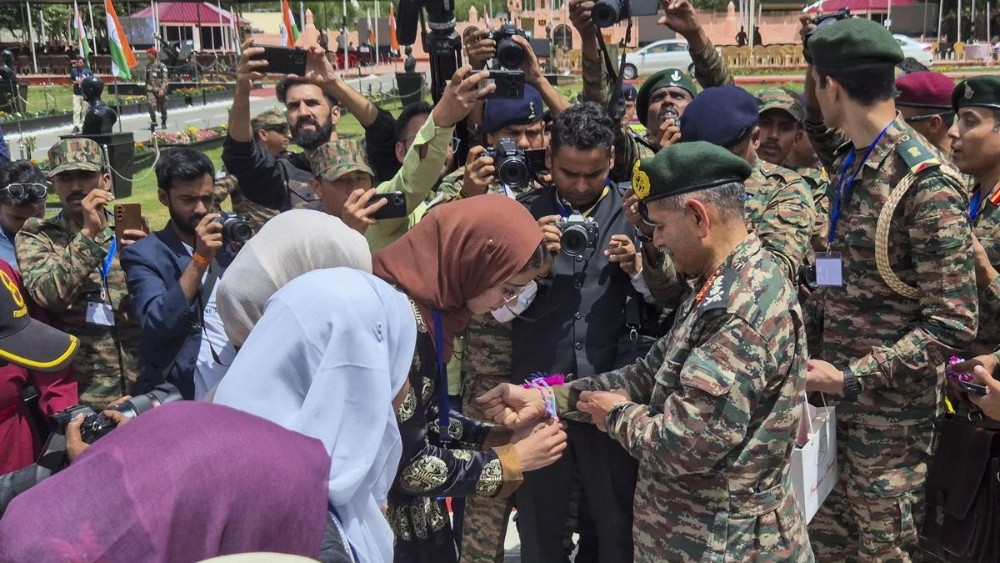
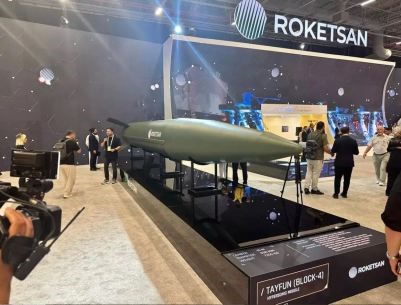
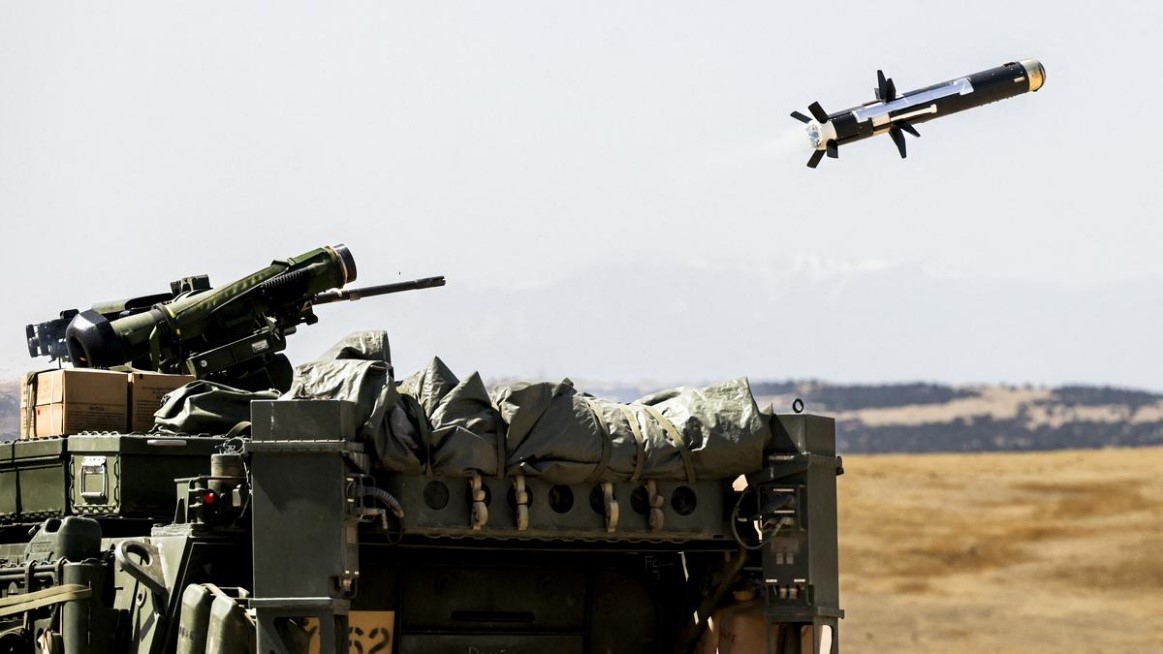

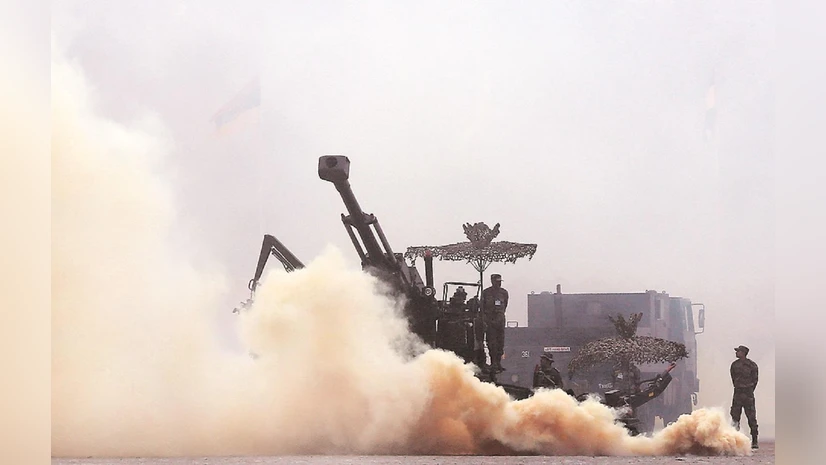

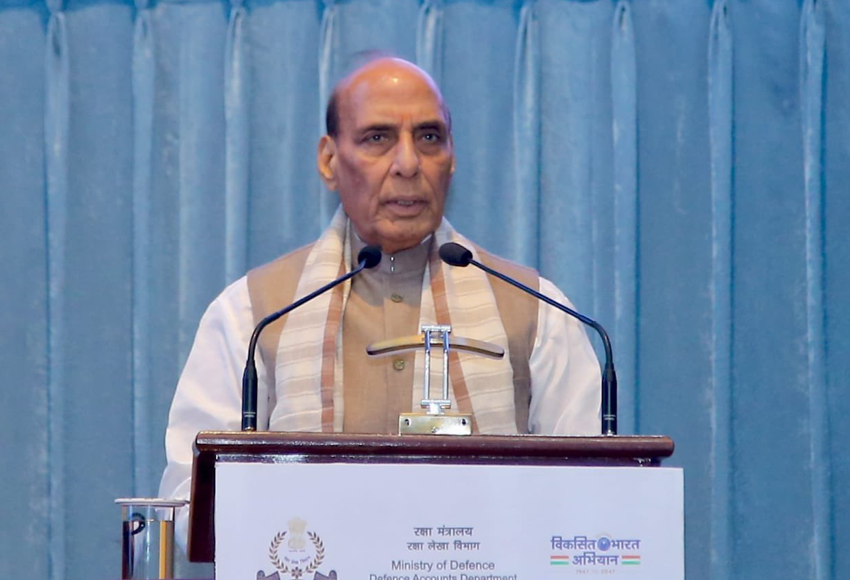




© 2025 iasgyan. All right reserved